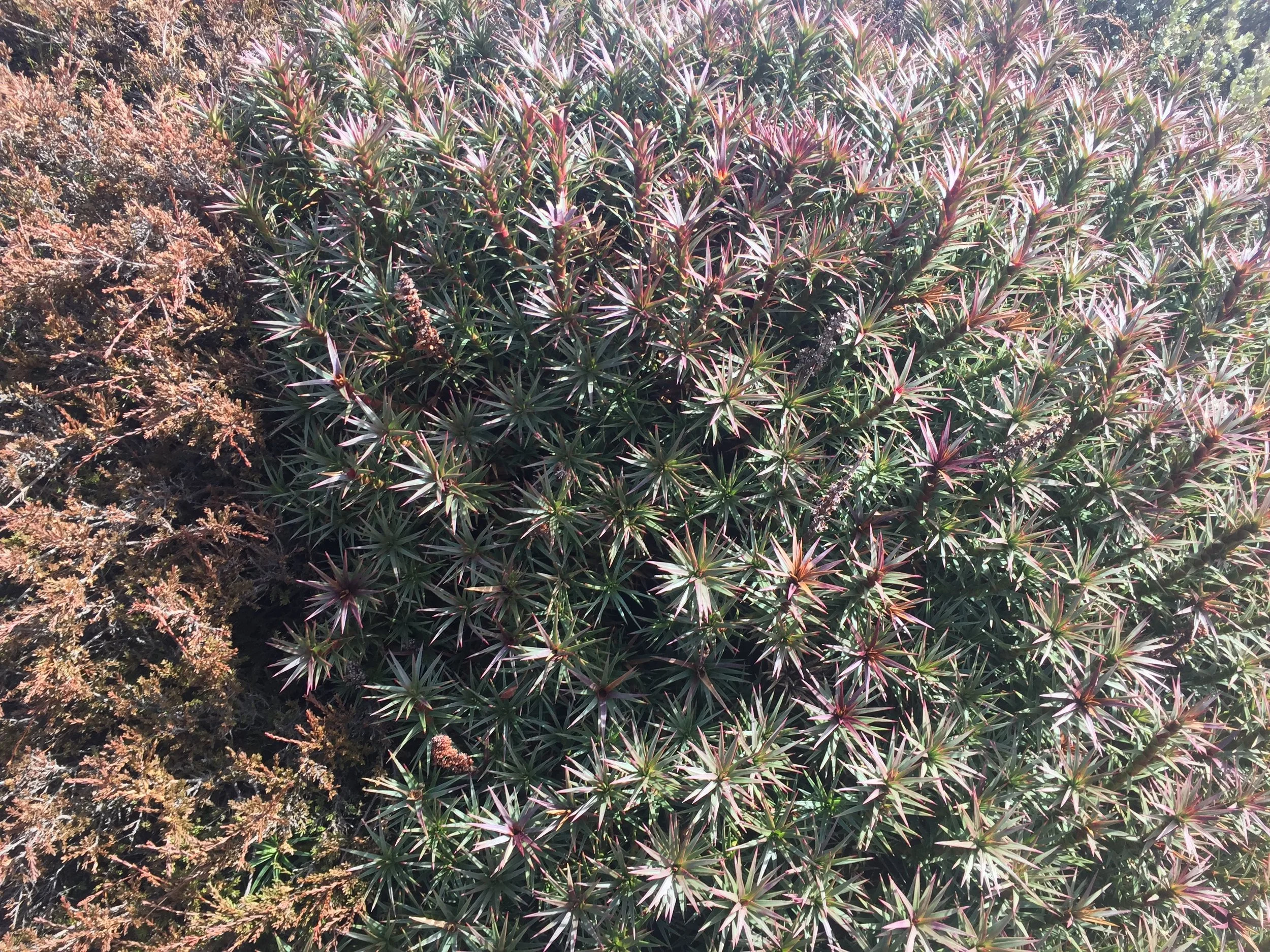Peter Gutwein repeatedly criticises TasWater for providing third-world drinking water and sewage management. The minister repeats the same few statistics as if they prove TasWater is a failed institution and the only solution is for him to take it over.
A closer look at the minister’s statistics shows that he has seriously misled us.











